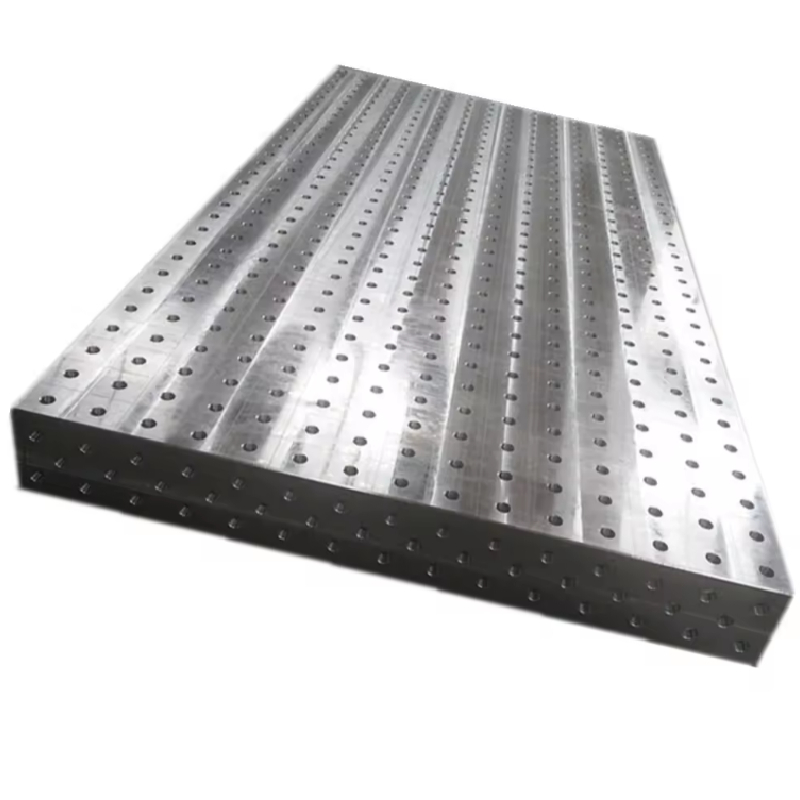Aug . 30, 2024 12:19 Back to list
Comprehensive Guide to Pressure Control Valve Types
Understanding Pressure Control Valve Types
Pressure control valves are crucial components in various industrial applications, ensuring that the pressure within a system remains within specified limits. These valves prevent systems from exceeding their maximum operating pressure, thus protecting equipment from potential damage. There are several types of pressure control valves, each designed for specific applications and operating conditions. Understanding these types can help engineers and technicians choose the right valve for their systems.
1. Relief Valves
Relief valves are safety devices designed to open at a predetermined pressure, allowing fluid to escape when the pressure exceeds safe limits. Typically used in pressure vessels and hydraulic systems, these valves can be either spring-loaded or pilot-operated. Spring-loaded relief valves open when internal pressure pushes against a spring, while pilot-operated valves use the system pressure to control the opening and closing of the valve. The quick response of relief valves makes them essential for protecting equipment in high-pressure applications.
2. Regulating Valves
Regulating valves maintain a consistent pressure within a system by adjusting the flow of fluid. They are commonly used in gas and liquid applications where the demand varies frequently. Regulating valves can be either pressure-reducing or back-pressure types. Pressure-reducing valves reduce the inlet pressure to a lower discharge pressure, while back-pressure valves maintain a minimum pressure upstream by allowing fluid to flow back into the system. These valves are ideal for applications requiring stable pressure control, ensuring efficient operation.
3. Pressure Reducing Valves (PRVs)
pressure control valve types

Pressure reducing valves are specifically designed to reduce an input pressure to a lower, controlled output pressure. These valves are critical in systems where the downstream equipment requires a consistent pressure that is lower than the supply pressure. PRVs operate automatically and can be adjusted to set the desired output pressure. Their applications include water distribution systems, steam systems, and process industries where controlling pressure is vital for safety and efficiency.
4. Back Pressure Valves
Back pressure valves are used to maintain desired pressure levels upstream in a system by regulating the flow based on pressure conditions. They are often found in piping systems where it is necessary to keep the upstream pressure above a certain threshold to prevent issues such as vaporization or cavitation. By controlling the flow back into the system, back pressure valves ensure optimal performance while protecting downstream components from pressure fluctuations.
5. Bursting Discs
While not a valve in the traditional sense, bursting discs are important pressure control devices in critical systems. These non-reusable devices are designed to burst at a predetermined pressure, providing a fail-safe option for pressure relief. Bursting discs are commonly used in conjunction with other valves, particularly in high-risk industries such as pharmaceuticals, chemicals, and petrochemicals where pressure control is paramount.
Conclusion
Pressure control valves play a vital role in maintaining the integrity and efficiency of various systems across industries. Whether it’s a relief valve for emergency pressure release, a regulating valve for consistent flow, or a bursting disc for ultimate safety, understanding the different types of pressure control valves allows for better design and selection to meet specific operational needs. As technology advances, the design and functionality of these valves will continue to evolve, further enhancing their reliability and effectiveness in safeguarding industrial processes.
-
Thread Plug Gauge Our Promise of Measurement ExcellenceNewsAug.22,2025
-
Gauge Pin Class Reflecting Quality LegacyNewsAug.22,2025
-
Check Valve Types for High Rise BuildingsNewsAug.22,2025
-
Water Control Valve for Irrigation SystemsNewsAug.22,2025
-
Gate Valve with Soft Seal TechnologyNewsAug.22,2025
-
Y Type Strainer for Oil and Gas ApplicationsNewsAug.22,2025
Related PRODUCTS









